by BCB Property Management | Jan 16, 2018 | Neighborhoods, New York City
As a center of culture, it should come as no surprise that some major literary names have called New York City home. From natives to visitors, there are plenty of different kinds of NYC authors throughout history, and many neighborhoods make up a vital part of their histories. These are just four of the many acclaimed writers who inhabited some of New York’s most beloved neighborhoods.

Mark Twain
From the Mississippi River to Salt Lake City, there’s almost no corner of this country that the famed writer and humorist didn’t at least visit during his 74 years on Earth. His first visit to NYC at age 17 sparked a lifelong love of the Big Apple, and later in life, Twain lived in different addresses across the city: in the West Village, Gramercy, and even Riverdale in the Bronx, overlooking the Hudson River.

Pete Hamill
For a certain generation, the story of New York City is found in the words of this Park Slope-born author, whose memoir A Drinking Life recalls his youth and misspent adulthood in Brooklyn during the 50s and 60s. Hamill, whose brother Denis is a regular columnist for the Daily News, cut his teeth in regional papers like the News, the defunct New York Herald Tribune, the New York Post, Village Voice, and Newsday. He now calls Prospect Heights home.
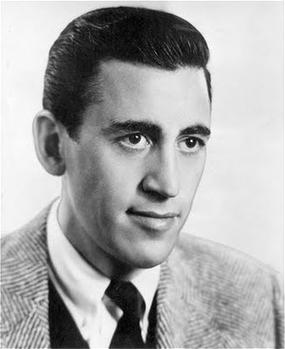
J.D. Salinger
This Catcher in the Rye author was famously reclusive, so it’s no wonder his time on the Upper East Side was somewhat brief. Salinger rented an apartment at 300 East 57th Street right after Catcher was published, and stayed in his sparsely furnished pad for only a year before he moved to obscurity in New Hampshire. He would remain there until his death in 2010, never seeing the city again.
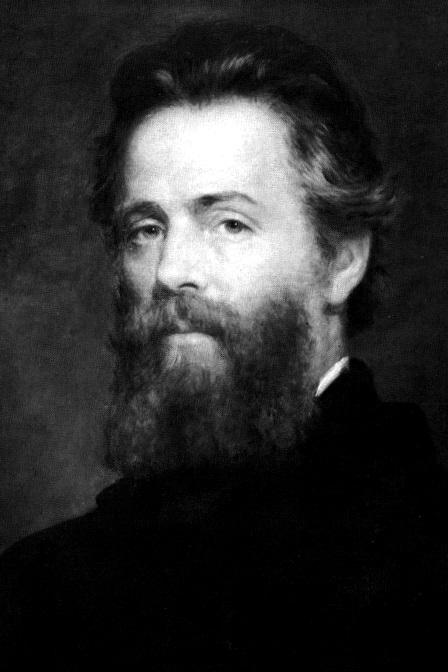
Herman Melville
The Moby Dick and Billy Budd author fed his nautical passions on merchant ships out of New York Harbor in the early to mid 1800s. Born into wealth in Lower Manhattan, his family suffered during recessions and Herman was forced to find work as a crewman, giving him the inspiration to write his beloved masterpiece in 1851. Unappreciated in his time, Melville died in his borough of birth in 1891 and was buried in the Bronx.
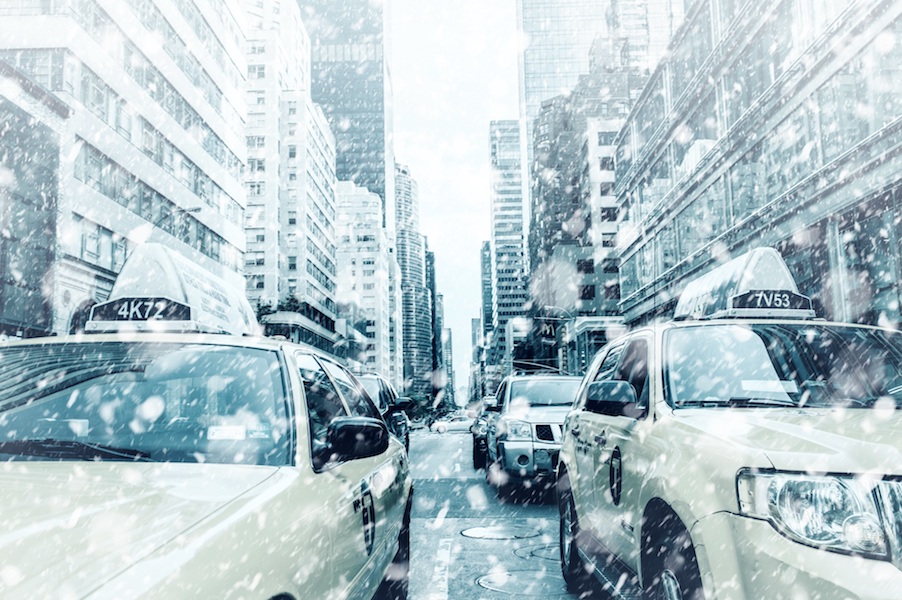
by BCB Property Management | Jan 2, 2018 | New York City
Temperatures are dropping, but that won’t give New Yorkers any excuse to stay in this winter. The 2018 calendar is already chock-full of great events and activities and these are just a tantalizing few of what the city has to offer in the coming cold months:
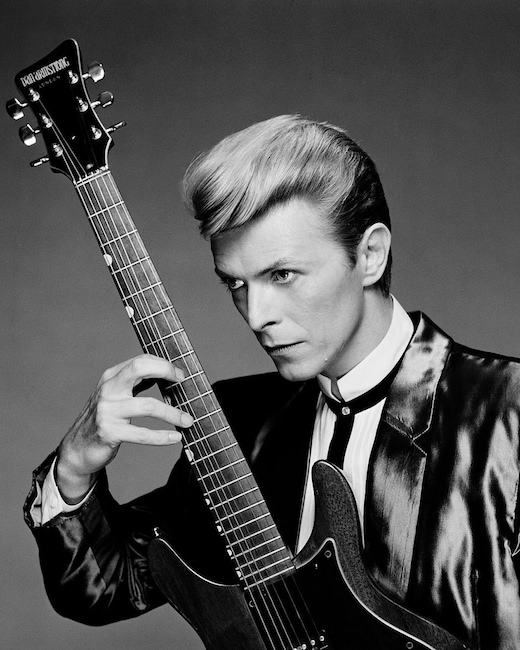
David Bowie is – Brooklyn Museum
He left us behind in 2016, but the Starman’s memory still lives on into 2018 and beyond. Celebrate the artist’s multifaceted legacy at the Brooklyn Museum starting on March 2, when the David Bowie is exhibit returns stateside for its final display after a worldwide tour of 11 countries. The show will last into the summer, but die-hard fans will be bundling up to make the trip down Eastern Parkway in Brooklyn to pay their respects and celebrate a career that touched the outer reaches of the universe.
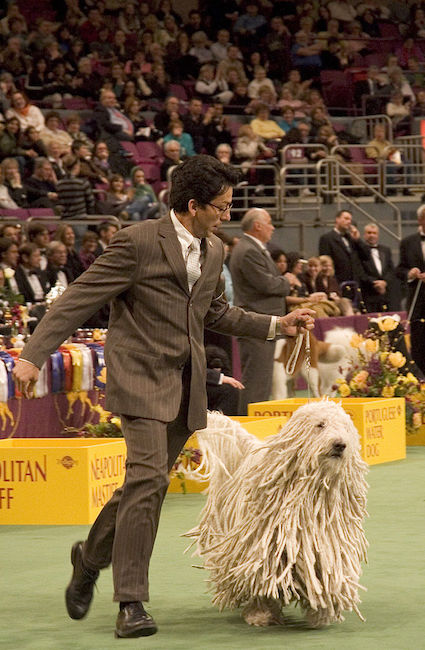
Westminster Kennel Club Dog Show – Madison Square Garden
Every year, the floor at the World’s Most Famous Arena is ceded to the most celebrated collection of four-legged competitors this side of the Kentucky Derby. An NYC tradition since 1877, the Dog Show features feats of agility and discipline that put most dogs to shame, with plenty of intrigue and suspense as the awards are handed out. Will terriers continue their reign of dominance over Best in Show? Is this the year we see a Golden Retriever finally grab the crown for the first time? Get your tickets and be the first to find out!

Madison Street to Madison Avenue Lunar New Year Celebration – Midtown East
January 1 is hardly the end to the fun of ringing in the New Year in NYC. This year’s Lunar New Year falls on February 16, and a week earlier on the 10th in Midtown East, a 20-block cultural celebration will commemorate the occasion, running from 54th to 77th Street. Welcoming the Year of the Dog means revelers are encouraged to bring their (perhaps award-winning?) four-legged friends to enjoy the food and festive performances. Participating retailers will be sharing proceeds from the festivities with The Animal Medical Center of New York, so even those pets who couldn’t make it will enjoy the benefit of this great event.
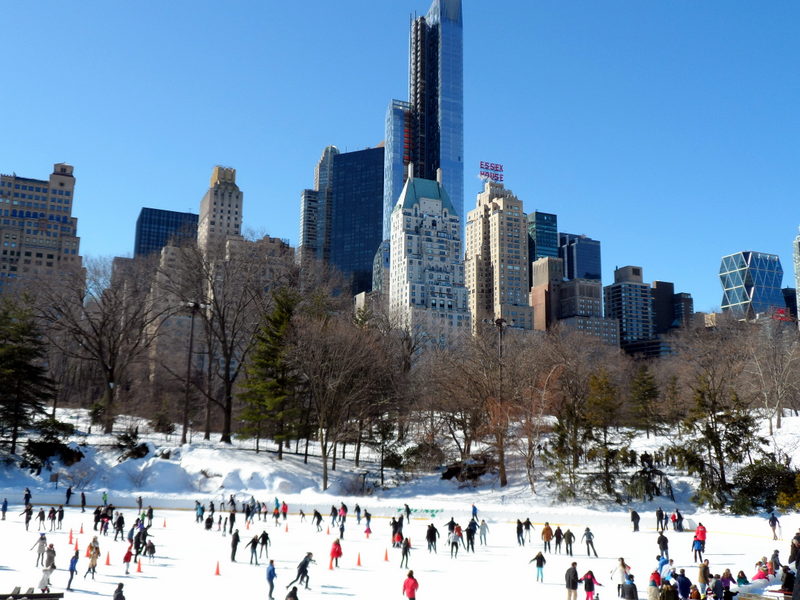
Winter Jam – Central Park
If you’re looking for something a little more hands-on, head on over to Central Park’s Bandshell Area near the East 72nd Street entrance. That’s where you’ll find Winter Jam, the now-annual celebration of winter sports you’d be hard-pressed to find elsewhere in the Big Apple. An artificial snowfield from the experts at Gore Mountain is the setting for skiing, snowshoeing, sledding, and even arctic golf. Even if you’re not feeling so athletic, expert ice sculptors crafting spectacular works and the Taste NY Winter Market will give guests something to look at, eat, and enjoy without breaking a sweat. The fun happens on January 27th, so have your coat and gloves ready.
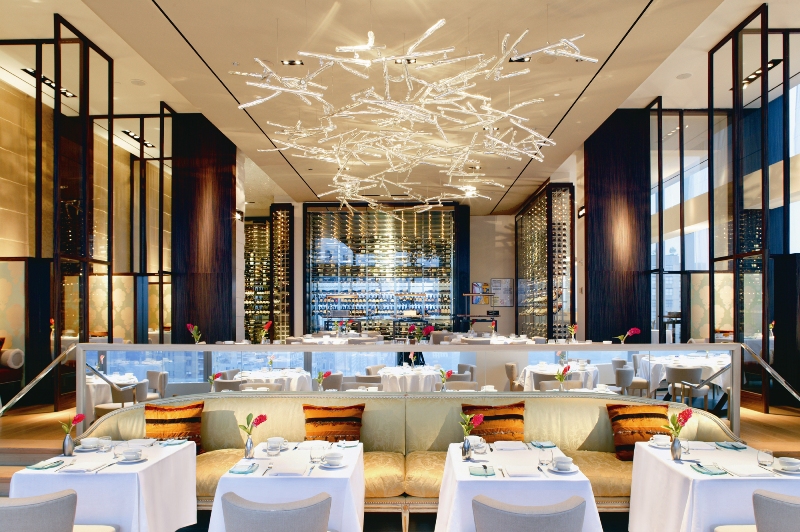
Restaurant Week – Citywide
Starting January 22, foodies and casual diners alike will take part in 2018’s first Restaurant Week, where a curated selection of restaurants open their doors for fixed-price 3-course meals that amount to a sumptuous discount over their usual prices. This year features $29 Lunches and $42 Dinners at what promises to be the most tantalizing collection of fine eateries in the country. If previous years are any indication, even the hardest-to-please eaters will leave with stomachs (and wallets) satisfyingly full. Can’t wait to dig into the city’s best eats? Read up on some of the international favorites you’ll find around the five boroughs any time of year in our Food Enclaves series.
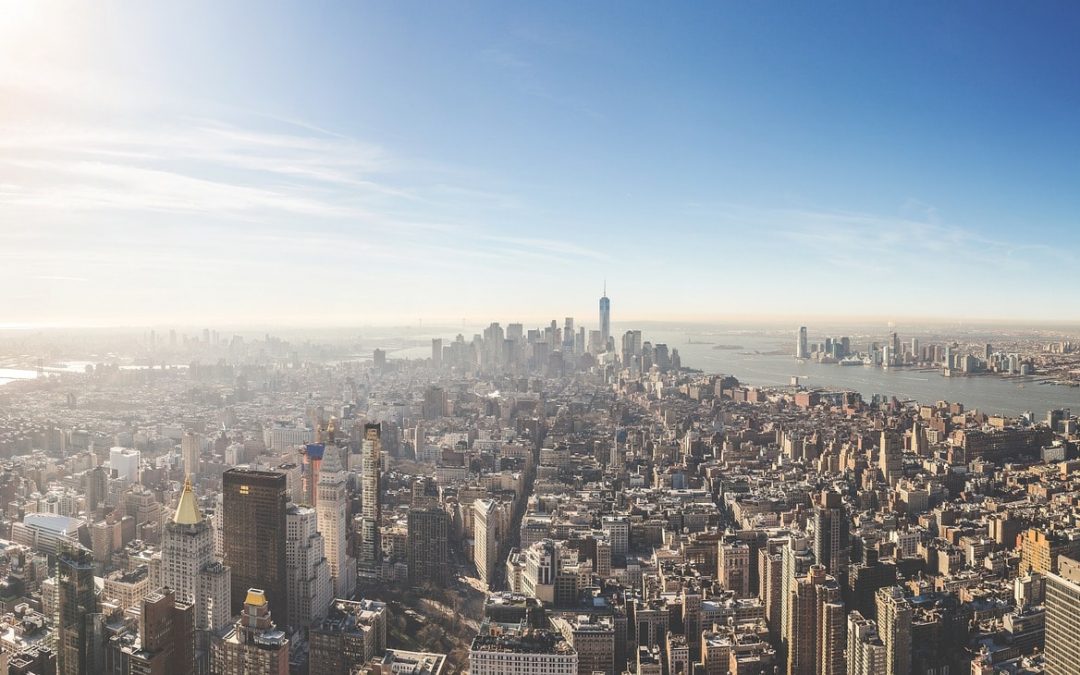
by BCB Property Management | Sep 1, 2017 | Neighborhoods, New York City
Any New Yorker can tell you that this is a city defined by its wide variety of neighborhoods. Across all the boroughs, every distinct enclave has its own character and personality, not to mention history. Making your way in and around the city starts with a working knowledge of its diverse assortment of neighborhoods.
Founded as a Dutch colony, many of New York City’s neighborhood names date back to that time. The Dutch may have left after the British took control of the city and renamed it from New Amsterdam, but labels such as Brooklyn and The Bronx (derived from the Dutch names Breukelen and Bronck) still remain as reminders of the city’s roots. Not surprisingly, many neighborhoods retain the names they’ve had since those early colonial days.
Harlem
A cultural touchstone not just for the city but for the entire United States, Harlem is one of New York’s best-known neighborhoods. This home of legendary artists, poets, and attractions like the Apollo Theater and the Cotton Club was once an outpost for Dutch settlers who needed a space to stay far from New Amsterdam at the southern tip of Manhattan island. This safe haven was dubbed Nieuw Haarlem by Governor Peter Stuyvesant, after the Dutch city a short distance from the original Amsterdam. Once the Dutch left New York, the name was anglicized to just “Harlem.”
Astoria
Many streets of New York, such as Dyckman in Upper Manhattan and Schermerhorn in Brooklyn, were named for wealthy denizens of the area, whose properties defined those surroundings. For someone with the fortune of John Jacob Astor, just a street wouldn’t suffice. The neighborhood formerly called Hallett’s Cove was never actually home to the fur trader or his family, but given the label in order to attract him to invest in the Queens district. It didn’t quite work (he only invested $500) but the name stuck.
Red Hook
This maritime district has always been defined by the port and shipping that made Brooklyn one of the country’s busiest regions. Red Hook comes from the Dutch “roode hoek,” referring to the red clay soil of the neighborhood (long since buried under concrete roads) and the geographical point jutting out into Upper New York Bay. Interestingly enough, the “hook” of Red Hook refers to the Dutch word for “point” or “corner,” not any actual hook-like geographical feature.
Coney Island
It wasn’t only geographical features that inspired Dutch settlers in naming their new territories. This former beachfront getaway, home to the famed Cyclone and Wonder Wheel, got its name from the Dutch word conyne for “rabbit” after the wild rabbit population that lived on what was then an actual island, with a river separating it from the mainland. Shifting sediments attached the island to the rest of Brooklyn while rifle-toting settlers did away with the rabbits, but the Coney Island name remains.
Turtle Bay
Unlike Coney Island, this neighborhood wasn’t identified by any animal population. Rather, Turtle Bay got its name from the Dutch word deutal, or knife. Early settlers of the bay (which was filled in after the Civil War, allowing for further buildings eventually including the United Nations complex) noticed a resemblance to a bent knife and named the bay accordingly. Thanks to its proximity to the UN, Turtle Bay is now home to many foreign consulates, making it one of the more plainly diverse regions of the city.
Rockaway
The Dutch weren’t the only ones who gave names to the various neighborhoods of the city. Several of them, in fact, descend from the language of the Lenape tribe, the area’s indigenous inhabitants. Queen’s beachfront peninsula, a distinct part of the NYC map, got its name from the old Lenape word “rack-a-wakee,” whose meaning is not certain but is thought to mean “place of sands.” Also behind the names of Canarsie in Brooklyn and of course Manhattan, this language is one of many that makes New York City the unique melange of cultures famed worldwide.

by BCB Property Management | Aug 14, 2017 | Neighborhoods, New York City, Real Estate
Amazon has changed the way we shop, but two Amazon products will change the face of New York City as we know it — and they’re not what you might expect. As much as we’ve seen Amazon innovate online, the tech giant is also changing the way we shop for basics, and that impacts local stores in every neighborhood. The issue is, of course, that mom-and-pop stores will have trouble competing with the pricing Amazon secures through the sheer quantity it sells. When looking at Amazon and its effect on brick-and-mortar stores, the company’s rise is likely to both threaten and encourage the shops that line our city streets.
First, here’s what Amazon is bringing back from the past. Remember bookstores? When Amazon Books announced its first NYC location on Columbus Circle, not only New Yorkers were skeptical. Books, printed on paper? Sold in an actual building? It seemed so…analog. Inside Amazon Books, the shelves are actually set up and stocked based on the online data collected from customers everywhere, so it’s a mix of both. The location was chosen based on data including the purchasing habits in the neighborhood. There must be a lot of Kindle owners on the west side! The next location will be at 7 W 34th Street.
One interesting aesthetic detail is the store places its books with the cover facing out. This is the way you would see the book online, but it’s also a pleasant surprise compared to the library style of a row of book spines. Somewhere, book designers are rejoicing. It’s all set up to encourage shoppers to come into the store and spend time using a mix of information and intuition to buy. Something is charming about bringing bookshops back to the city. What this means for the neighborhood is more foot traffic and a destination for shopping which could encourage related businesses to establish themselves nearby.
There could be another effect of the arrival of Amazon Books. As a massive store, Amazon can set trends. Smaller, beloved bookstores of New York could potentially benefit from the rise of book shopping. What if book readings and poetry nights could actually receive a boost from the competition? Amazon Books, in bringing back the bookstore, might revitalize a whole reading culture again. The New York Public Library will always be great, but books can use all the help they can get.
The other product that will change the face of New York City is Amazon Fresh. There are many home grocery delivery services, and even entire home meals pre-packaged and delivered ready to cook from companies such as Blue Apron. But New York is still a city of bodegas and corner delis. Amazon, with its recent agreement to purchase Whole Foods, is going to own a significant share of the food business. Small shops will have to be more gourmet, specialty, or stand out in other ways.
Farmers markets are another business that could be impacted by Amazon. Shopping locally is especially important at these markets, because it supports the people who grow the produce and make the foods directly. Here’s a list of NYC farmer’s markets that can be sorted by day and area so you can find one nearby. Some of these local businesses may already be online, but they will have to compete with online ordering more and more each year.
What will really cause a change in New York’s streets could be the way all shops function. Amazon loves to use data to make suggestions to customers, enabling customers to shop. Currently, AmazonFresh lets people select items online which are delivered to their doorstep. n neighborhoods without much fresh organic produce, this could be extremely beneficial to people’s health. If people get in the habit of shopping from home for essentials, they may stop going out for groceries at all.
One certain downside? Amazon’s takeover is unlikely to be beneficial for jobs. Grocery stores operated by Amazon will probably be heavily automated, letting people scan and check out without ever speaking to a person, or simply driving by to pick up pre-selected items. Isn’t part of New York’s charm the surly shopkeeper, the friendly butcher, the always-there bodega owner? This balance of convenience and human contact is difficult to achieve. New York will have to think carefully about how to preserve neighborhood shops, which define our streets and have become a part of our daily lives.

by BCB Property Management | Aug 14, 2017 | Brooklyn, Neighborhoods, New York City
New York is a mix of cultural influences and has seen the rise and fall of many creative eras. The best theme bars either retain an element of old New York and make it the focal point, or transport the bar hopper to another place entirely. Here are some of the best places for a night out on the town, though you might forget where you are.
231 East 14th St
Salons are a place for gossip, and so are bars, so the proprietors of this chain put the two concepts together for a successful bar/beauty parlor. For $10 the manicure and martini special is just that. Open since 1995, the bar has comedy nights and other shows. It is especially popular for women having bachelorette parties. Now with locations across the river in Brooklyn and across the US including San Francisco, Las Vegas, Chicago, Denver, and Dallas.
Reunion Surf Bar
357 West 44th St
Named for the island Ile de la Réunion off the coast of Madagascar, the space is full of surf influence and island drinks. Christmas lights adorn the ceiling, pineapple slices adorn the drinks, and surfboards are posed as decoration in every nook. The owners include a musician and a former handyman, but both their business profiles start with their favorite surf breaks. The sister restaurant Playa Betty’s (320 Amsterdam Avenue) serves California style tacos and beach food.
182 West 4th St
A werewolf themed bar…spooky! Complete with a werewolf lounge and dungeon, this English style pub is named after the historic London pub of the same name where allegedly werewolves roamed.
271 West 23rd St
The Trailer Park Lounge announces proudly that it was voted one of the top five kitschiest restaurants in America by the Food Network. It serves hamburgers, fries, and other staples of the American diet. Every wall is decorated with vintage items that would fit in not only in a trailer park but also in the 1950s. The burger & beer lunch special is just under $14.
412 West St
Water surrounds New York City, so it’s only fitting to include a couple of maritime themed bars. Drinks on the limited menu are fit for a sailor, with a pickle back, dark & stormy, mai tai, singapore sling…you get the idea. Food is basic chips and tacos, because food is not the point.
158 Lafayette St
A cocktail lounge with a different nautical theme, this space is all sleek metal and quiet booths made from sails, ideal for small groups. The menu includes chicken liver foie gras, homemade ricotta, and vegetable tartine. Drinks are sophisticated with one called the Bartender’s Choice, a surprise drink for those in the mood for adventure at sea.
1293 Myrtle Ave
A comic book themed bar with a secretive lack of web presence. Their Twitter is the best way to find out about movie nights, discounts for voting, and other community events.
538 East 14th St
This tiki bar points out on their website, “Manhattan is after all, an island.” They serve rum drinks and no food, except for the occasional BBQ or food contest. The signature drink comes in a custom tiki mug, and other beverages include a flaming bowl and a selection of drinks served in tiki glasses that can be taken home for an extra charge.
41 East 7th St
A “temple of beer worship” and place for fans of Belgian and other beers to find unusual favorites. The tap list changes frequently and the best way to find out what is being served is to ask. Free pomme frites are served during happy hours. It’s a community environment, with meetings of the New York City Home Brewers Guild held here, but it’s not for parties. Bartenders are known for shushing the crowds to encourage more focus on the beer.













